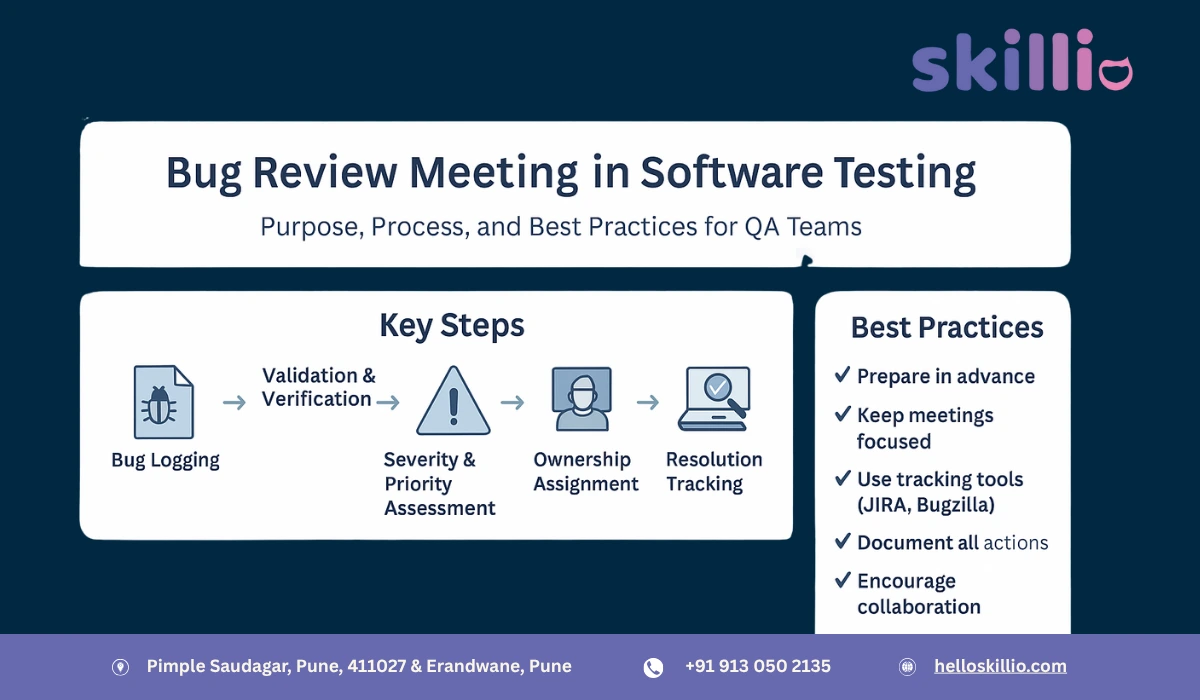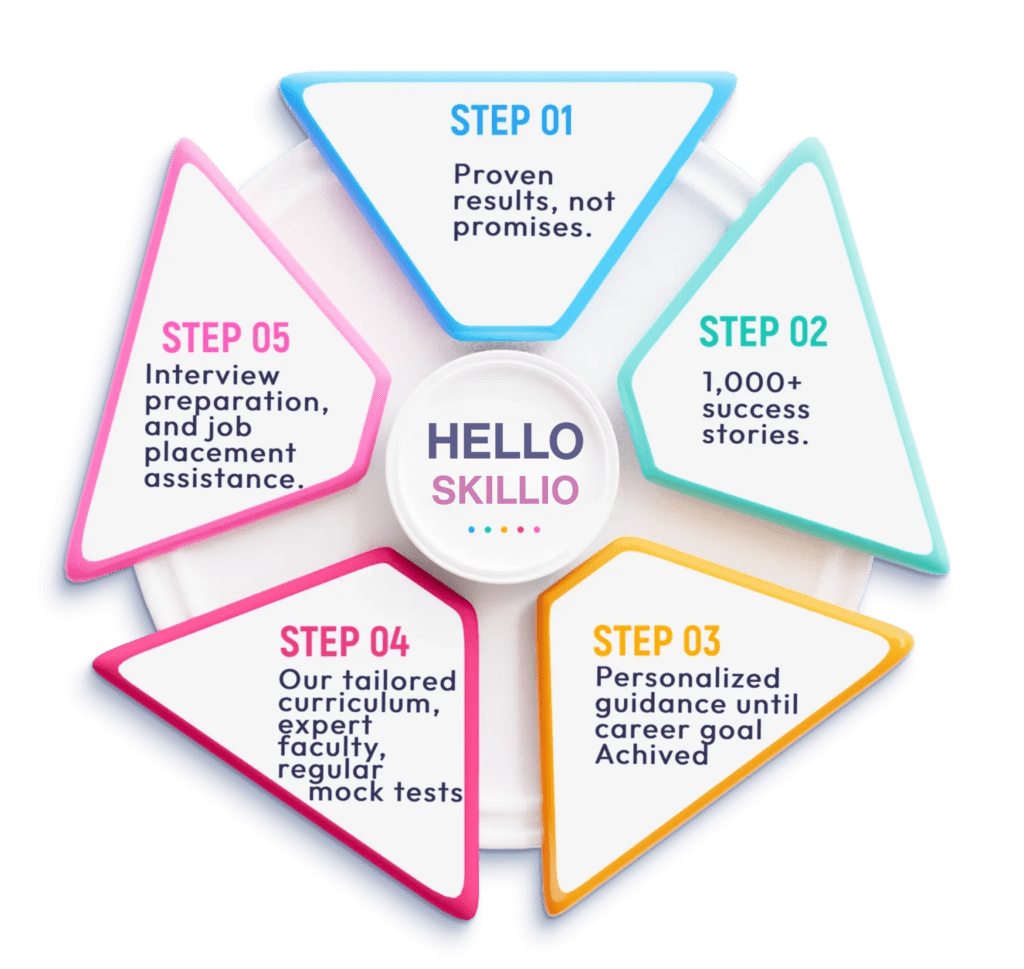Coding is the backbone of every digital solution we use today — from mobile apps and web platforms to AI-driven systems. But writing code isn’t just about making software work; it’s about making it efficient, scalable, and maintainable. As technology evolves, developers must adapt their coding style and follow best practices to keep up with industry standards.
If you’re learning through a Full Stack Developer Course in Pune, mastering coding practices is crucial for building professional-grade software. Clean, structured, and consistent code ensures fewer bugs, faster performance, and easier collaboration across teams.
In this article, we’ll explore the top 10 coding practices every modern developer should follow — whether you’re working on a startup project, enterprise system, or personal web app.
1. Write Clean, Readable, and Consistent Code
The first rule of professional programming is writing clean and readable code. Your code should be easy to understand not just for you, but for anyone else working on it.
Best Practices:
- Use meaningful variable and function names.
- Maintain consistent indentation and spacing.
- Follow a coding style guide (like PEP8 for Python or Airbnb style guide for JavaScript).
- Add comments only where necessary — don’t over-explain obvious logic.
Readable code reduces confusion, speeds up debugging, and fosters collaboration among developers.
2. Follow the DRY Principle (Don’t Repeat Yourself)
The DRY principle encourages reusability by avoiding duplicate code blocks. Repeated code can cause inconsistencies and maintenance challenges.
How to Apply:
- Use functions, classes, and modules to reuse logic.
- Create shared utility files for common operations.
- Use frameworks or libraries instead of rewriting from scratch.
Developers trained in Full Stack Developer Course in Pune often practice DRY coding to build structured web applications where front-end and back-end logic work seamlessly.
3. Use Version Control Systems (Git)
Version control is essential for tracking changes, managing codebases, and collaborating effectively. Git is the most widely used system for this purpose.
Benefits of Using Git:
- Keeps a history of all code changes.
- Enables team collaboration with branching and merging.
- Allows safe experimentation with new features.
- Simplifies rollback to previous versions if bugs occur.
Using GitHub or GitLab repositories also improves transparency in large projects.
4. Optimize Code for Performance
Efficient code runs faster and consumes fewer resources. Performance optimization should be part of your coding mindset from the beginning.
Tips to Optimize:
- Minimize loops and avoid unnecessary computations.
- Use asynchronous programming where suitable.
- Optimize database queries with proper indexing.
- Implement lazy loading for web applications.
- Cache data to reduce repetitive processing.
A high-performing application not only improves user experience but also enhances scalability.
5. Write Modular and Reusable Code
Modern software development emphasizes modularity — breaking complex applications into small, independent components.
Advantages:
- Easier testing and debugging.
- Simplifies collaboration among developers.
- Promotes reusability across projects.
- Enables faster updates and feature additions.
For instance, modular JavaScript using ES6 modules or React components helps maintain cleaner architecture in full-stack projects.
6. Test Your Code Regularly
Testing ensures that your code performs as expected and prevents unexpected failures during deployment.
Types of Testing:
- Unit Testing – Tests individual functions or modules.
- Integration Testing – Verifies how different parts work together.
- System Testing – Evaluates the software as a whole.
- Automated Testing – Uses tools like Jest, Selenium, or JUnit for faster feedback.
Early and continuous testing saves hours of debugging later and improves software quality.
Read Here Bug Triage in Software Testing Process, Roles, and Best Practices
7. Maintain Proper Documentation
Documentation is a critical yet often overlooked part of coding. It helps teams understand the logic, setup, and dependencies of a project.
Documentation Essentials:
- Write clear README files with installation and usage instructions.
- Maintain API documentation using Swagger or Postman.
- Add inline comments for complex logic.
- Update documentation regularly as the code evolves.
Good documentation ensures smooth onboarding for new developers and minimizes miscommunication.
8. Keep Security in Mind
Security is no longer optional — every developer must implement security best practices to protect applications from vulnerabilities.
Security Guidelines:
- Sanitize all user inputs to prevent SQL injection and XSS attacks.
- Use HTTPS for all data transmissions.
- Apply authentication and authorization mechanisms properly.
- Store sensitive data securely using encryption or hashing.
- Keep dependencies updated to patch known vulnerabilities.
A secure coding approach helps build user trust and keeps your software compliant with industry standards.
9. Embrace Continuous Learning and Code Reviews
Technology evolves rapidly. Developers must continuously learn new languages, frameworks, and tools. Code reviews, on the other hand, are a practical way to improve coding skills and maintain high code quality.
How to Practice:
- Participate in peer reviews to spot potential bugs early.
- Learn from community platforms like GitHub, Stack Overflow, and Reddit.
- Stay updated on modern frameworks like React, Angular, or Django.
- Explore analytical tools through courses such as the Data Analytics Course in Pune to understand how data drives decision-making in software development.
Continuous learning and collaboration build a culture of improvement and innovation in every team.
10. Refactor Regularly and Keep Code Simple
As your project grows, old code may become inefficient or outdated. Refactoring improves structure and readability without changing functionality.
Refactoring Tips:
- Remove redundant functions and unused variables.
- Simplify complex logic into smaller, clear segments.
- Use design patterns (like MVC or Observer) where appropriate.
- Test thoroughly after every refactor.
Remember: simple code is effective code. Avoid unnecessary complexity that can confuse future developers.
Bonus Tip: Follow Agile and DevOps Practices
Modern development thrives on agility and automation. Agile methodologies encourage continuous improvement, while DevOps ensures seamless integration between development and operations.
Benefits:
- Faster delivery of updates and bug fixes.
- Better collaboration between teams.
- Automated deployment pipelines (CI/CD).
- Continuous monitoring and improvement.
Combining coding best practices with Agile and DevOps enhances productivity, efficiency, and customer satisfaction.
Conclusion
Great developers don’t just write code — they write clean, secure, and scalable code that stands the test of time. The modern software industry values professionals who understand structure, security, and performance equally.
By mastering these top 10 coding practices, you can transform your development workflow, reduce bugs, and build high-quality applications that users love.
Learners and professionals looking to sharpen their technical expertise can benefit from structured learning through the Full Stack Developer Course in Pune, where coding standards, frameworks, and real-world projects prepare you for success in today’s competitive tech world.
Key Takeaways:
- Write clean, modular, and readable code.
- Automate testing and maintain strong version control.
- Prioritize performance, security, and scalability.
- Keep learning and adapting to new technologies.
By applying these principles consistently, you’ll not only become a better developer but also create software that’s efficient, future-ready, and impactful.
Read Here: What Is Full Stack Development? A Complete Beginner’s Guide






